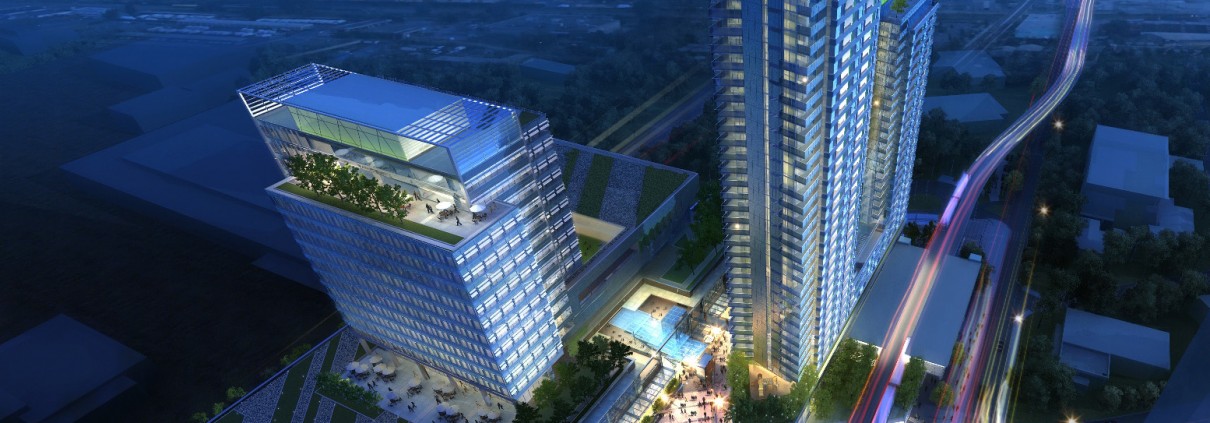Knowledge Leader: Mixing It Up
Today’s mixed-use developers are weaving soul into the fabric of new suburban neighbourhoods.
Add one part office, one part retail, and one part residential. Integrate smoothly in a dense, well-located inner-ring suburb with transit access, and stir. This recipe for successful mixed-use developments is also a blueprint for smart growth in today’s innovation economy. The close proximity of companies to each other, to residences and to retail brings people and ideas together, creating connected communities that drive invention and collaboration – all of which a city needs to build muscle in a post-recession world.
Bruce Katz, co-author of The Metropolitan Revolution, notes, “Every economic era has its own spatial geography of innovation.” Today, the most inventive developers are creating a geography of mixed-use projects that provide not only a symbiosis of live/work/play, but also create a sense of place. Far from sterile lifestyle centers, these new developments are living, breathing neighbourhoods, and the developers who make them are essentially urban planners. Two leaders envisioning the new era of mixed-use properties are PCI Developments (PCI) and Federal Realty Investment Trust. These two North American developers have impressive mixed-use development resumes.
Headquartered in Vancouver, British Columbia, PCI is a merchant developer, acquiring, developing and selling real estate in the Vancouver market. According to Rob Chasmar, senior vice president at Colliers International’s Vancouver office, the developer has been a leader in delivering truly integrated projects in the city. PCI’s Crossroads project, which opened in 2009, and the soon-to-open Marine Gateway and King George Station are prime examples of mixed-use developments for a new era. All three developments are transit-oriented and Leadership in Energy and Environmental Design (LEED) Gold certified…





